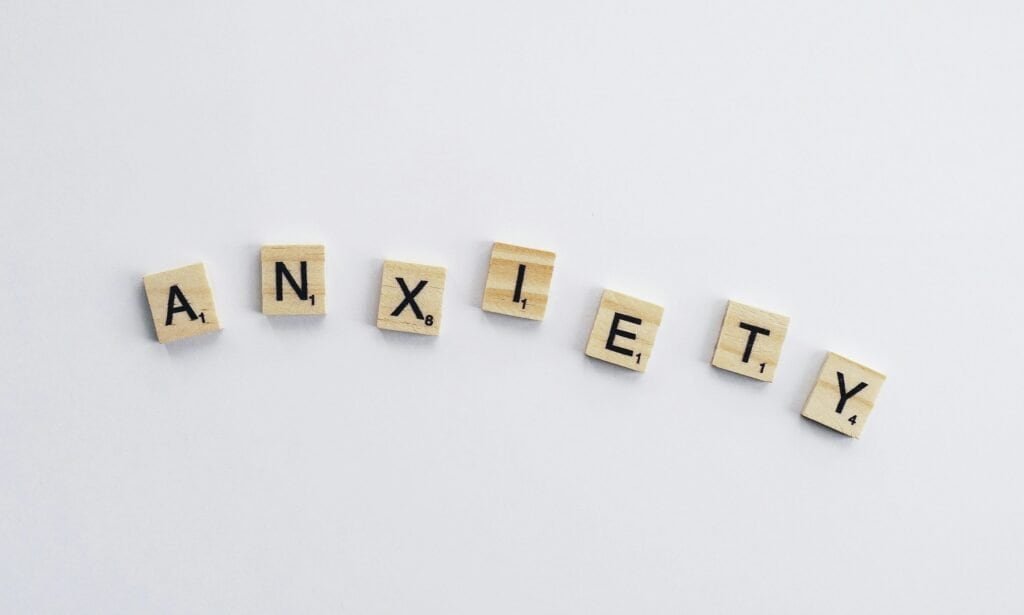
Anxiety can feel overwhelming, affecting your daily life, relationships, and overall well-being. Whether it’s constant worry, racing thoughts, or physical symptoms like a racing heart, anxiety can take a toll on your mental and emotional health. The good news is that breaking free from anxiety is possible, and there are effective strategies that can help you regain control and experience greater peace and calm.
In this post, we’ll explore practical strategies to manage and reduce anxiety, helping you feel empowered to navigate life with less stress.
1. Identify Your Triggers
The first step in managing anxiety is to understand what triggers it. Common triggers may include:
- Stressful situations (work deadlines, family issues, etc.)
- Health concerns or uncertainties
- Social interactions
- Financial worries
- Boredom
By identifying the situations or thoughts that cause your anxiety, you can start to create a plan to address them directly. Recognizing your triggers is the first step toward breaking the cycle of anxiety.
2. Practice Mindfulness and Grounding Techniques
Mindfulness is the practice of staying present in the moment without judgment. When anxiety strikes, your mind often races toward worries about the future. Mindfulness can help you stay grounded and calm, reducing those overwhelming thoughts.
Try these grounding techniques when you feel anxious:
- 5-4-3-2-1 Technique: Identify 5 things you can see, 4 things you can touch, 3 things you can hear, 2 things you can smell, and 1 thing you can taste. This technique engages your senses and brings you back to the present.
- Deep Breathing: Focus on your breath, taking slow, deep inhales for 4 counts, holding for 4, and exhaling for 4. This helps calm your nervous system and reduces physical symptoms of anxiety.
3. Challenge Negative Thoughts
Anxiety often leads to negative thinking patterns, where you anticipate the worst-case scenario or magnify potential threats. These thoughts can fuel anxiety and make it more difficult to find relief.
Cognitive Behavioral Therapy (CBT) techniques can help you challenge these negative thought patterns. By questioning their validity and replacing them with more realistic or balanced thoughts, you can lower anxiety. For instance:
- If you’re worrying about an upcoming presentation, replace thoughts like “I’m going to mess up” with “I’ve prepared well, and I can handle this.”
4. Build Healthy Habits
Maintaining a healthy lifestyle can significantly reduce anxiety over time. While it’s difficult to focus on your well-being when anxiety feels all-consuming, integrating healthy habits into your daily routine can make a big difference:
- Exercise: Physical activity releases endorphins, which are natural mood boosters. Regular exercise helps manage stress and reduces feelings of anxiety.
- Sleep: Anxiety and poor sleep often go hand in hand. Prioritizing a consistent sleep routine and aiming for 7-9 hours of rest each night can improve both your mood and mental clarity.
- Nutrition: A balanced diet can help regulate your mood. Avoiding excessive caffeine and sugar may reduce anxiety symptoms.
5. Seek Support from a Professional
Managing anxiety alone can be challenging. It’s important to reach out for support if anxiety is affecting your life. A Registered Clinical Counsellor can work with you to explore the root causes of your anxiety and teach you effective coping strategies.
Anxiety can feel overwhelming, but you don’t have to face it alone. By identifying triggers, practicing mindfulness, challenging negative thoughts, building healthy habits, and seeking support, you can start breaking free from the grip of anxiety.
If anxiety is affecting your ability to function or enjoy life, it might be time to reach out for professional support. With the right tools and guidance, you can regain control, reduce anxiety, and live a more peaceful and fulfilling life.